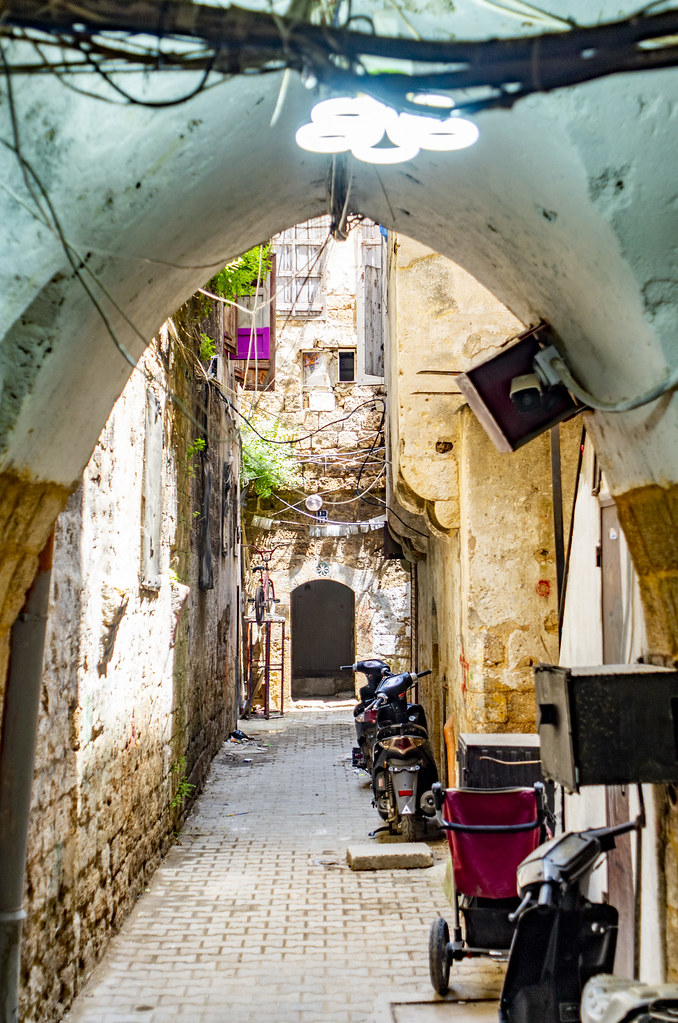Tripoli
Heading to Tripoli, keep in mind that this is one of the most conservative areas of Lebanon, so I guess dress accordingly.
You will need to head to the Martyr’s Square and hop on a bus from there. This is due to the fact that as of 2023 Charles Helou Station has been closed for a while now (no idea if they will reopen it). There are big buses all the way to Tripoli, stopping at several spots, including at Batroun, the white beach area, Byblos, etc. The price in 2019 was equivalent of about 4 USD. The price was the same notwithstanding where you were going.
When you get to Tripoli, you will directly feel that you are in a totally different world than Beirut and other coastal cities. To me it somehow felt gloomier, although very lively. Either way, it’s definitely far from being one of my favourite cities.

The city dates back to 14th century BC. The area was referred to by different names in different sources. The current name is associated with the Greek period with Tripolis meaning three cities, as it was the capital of 3 city state confederation – Sidon, Tyre and Arvad. Nothing is left from the old Phoenician history of this city, given that the modern city is built on the old sites, which makes it difficult to make any archeological discoveries. Thus, everything you will be seeing here is from the Crusader times or later. Also, there are no remains of the famous library from the Fatimid times – Dar Al-Ilm (house/land of knowledge).
After getting off the bus at the Abdul Hamid Karami Square, head to the 19th century clocktower constructed during the Ottoman rule in the beginning of the 20th century. From her you will get into the bazaar area, which is full of hammams, mosques and Madrassas (these last are mostly closed to public). Things are very difficult to find here, so you will get lost not once, but do make sure to check out at least some of these spots.

The hammams built during the Mamluk times are the most prominent here. They have a small fee, I already don’t remember how much we paid, but it was worth it. I suggest checking the following (I am including relevant locations of the ones available on Google maps):
- Hamam Alnouri
- Al-Abd Hammam
- Izzeddin Hammam
- Hammam al Jadeed
Caravanserais can be checked out freely:
- AlSaboun Caravanserai – a place, where people come to buy local soap, mostly olive soap. Actually, saboun means soap.
- AlKhayyateen Caravanserai
- Khan El Askar
The following are a number of mosques and madrassas in the area, most of which you can’t access, but you can see them from outside. Some of the most notable are:
- Al Mansouri Mosque
- AlBourtasi Mosque
- Al Hamidy Mosque
- AlOuwaysiyah Mosque
- Al-Qarathawi Madrassa
- AlTowashiyyah Madrassa

Besides, you will find some Christian churches nearby. None of these are particularly notable, so just explore and see the mix of cultures here.
After that head up to the early Crusader Citadel of Raymond Saint Gilles. The castle was damaged a few times and last restored by the Ottomans. Technically, it should be open every day, but you never know, when they will close it. We didn’t manage to get in, a tank was standing in front of it and it was heavily guarded by the military. We did ask but they indicated it’s closed. We simply walked at the walls. Anyway, the views from up there over the colorful buildings across the small river are nice.

After this, you can try some local sweets at the Abdul Rahman Hallab & Sons 1881.
I personally was very exhausted after a couple of hours of walking around souqs and hammams, as it’s crowded and overall uncomfortable for me. So we got the sweets and headed to the bus, didn’t try to explore more outer areas.
If you still have time and want to explore more of the city, see the Taynal Mosque and head to the International Fair area, where different activities take place. You can also explore near the coastal areas, where you will also find a market, churches and mosque and Khan Al Thamatili Caravanserai.
Batroun
After Tripoli, get on the bus and head to Batroun. On the way, if you are OK to walk a lot from the main road, or if you are driving, you can stop at the Anfeh beach and/or also see Our Lady of Noorieh Monastery. Also keep a lookout, you will drive next to Mseilha Fort.
Batroun like other coastal areas also has Phoenician history, although there are hardly any remains of the times here.
The city, like Byblos has lovely souq areas you can explore. you can explore the Phoenician Wall. The Our Lady of the Sea Church, which is a small Greek Orthodox Church with lovely location near the sea and overlooking the wall. The church was built in the 19th century at the place, where the Byzantine church stood previously.
There are also several other churches here, such as St. Stephen (or St. Ettiene) Cathedral – Maronite church built in the early 20th century with Italian style design; and the nearby St. George’s Church – Orthodox church built in the Byzantine style.
Finally, walk around the seaside with cute cafes and enjoy the lovely sunset before heading back to Beirut.


